Beauty and Vision
Exploring the power of medical imaging with our new radiologist-in-chief
Pediatric radiologists partner with nearly every hospital department and make crucial diagnoses by helping their colleagues see much more than meets the eye. We recently caught up with Raymond Sze, MD, radiologist-in-chief, to learn more about the beautiful world of medical imaging and how UCSF Benioff Children’s Hospital Oakland is taking its radiology program to the next level.

What inspired you to pursue a career in radiology?
I actually dropped out of medical school after my first year. I wasn’t sure medicine was the right career choice for me, so I took a leave of absence. First, I hiked across Europe, then, I decided to go to art school. I spent a year drawing and painting and sculpting the human form, studying under some of the best art instructors in New York City. It was phenomenal. But I missed science, so I went back to medical school. After graduating and completing my internship in Hawaii, I decided to combine my art and medical training and become a medical illustrator. My goal was to travel around the world, meet the most exciting and innovative people in medicine and surgery, and then translate what they do into beautiful educational images.
It was around that time that I finally discovered medical imaging while looking for references for my art. Medical art is about depicting what can’t be seen, but with diagnostic and interventional imaging, you can literally peer directly into the body. So I was actually using CT scans and MRI and ultrasound as references for my art. That’s how I got the radiology bug! I went back and did my residency in radiology, and then a fellowship in pediatric radiology.
How did your time as an artist influence your medical practice?
I’ve always understood things visually. I teach visually. I draw pictures to help the residents understand diseases. I draw diagrams to help families understand their children’s diagnosis. My premise is, if you can’t visualize it in your mind, or if you can’t draw it, you don’t really understand it.
Radiology is all about visualizing the structure and function of the human body. It’s about seeing anatomy, seeing diseases, seeing complex relationships, and seeing change over time. Diagnostic imaging is the vision of health care.
Even though I’m working with sick children, I never forget that there is a certain beauty in this ability to see a disease clearly — and that we can use that beauty to cure a child.
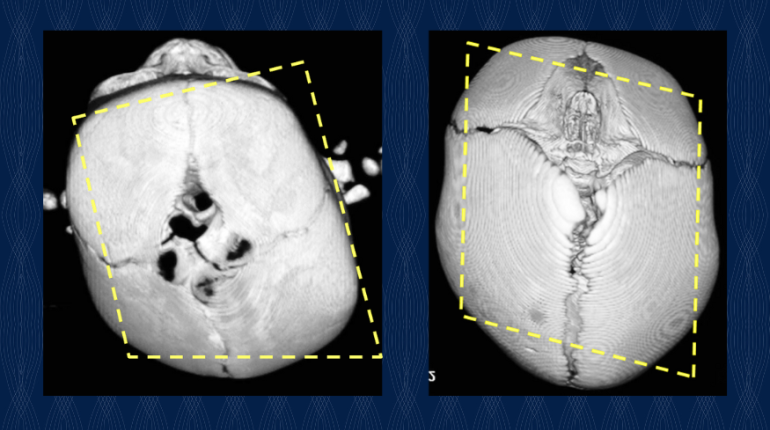
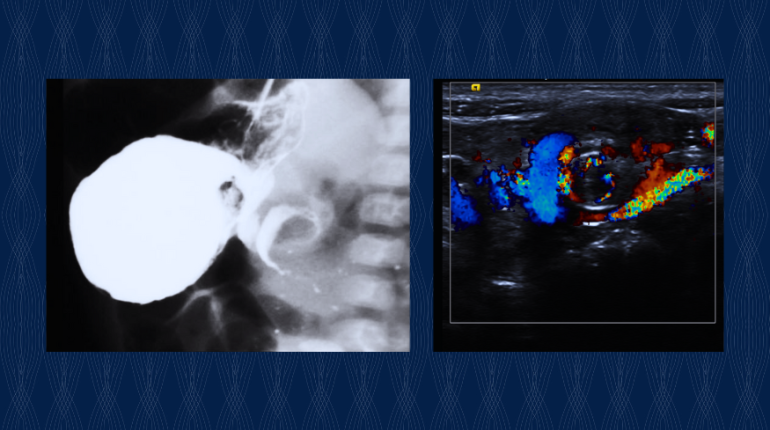
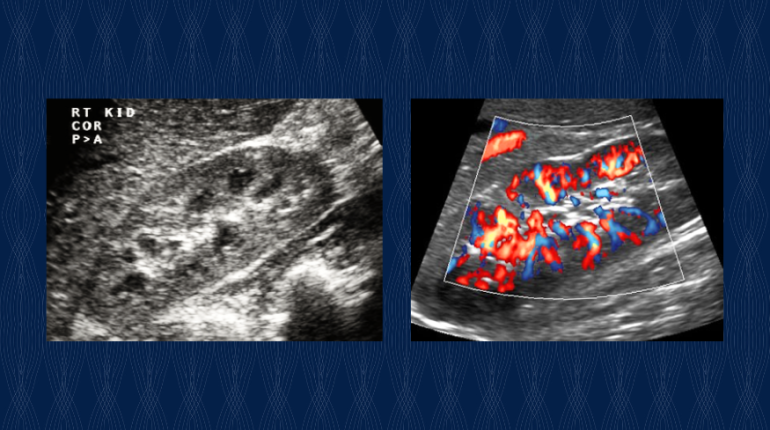
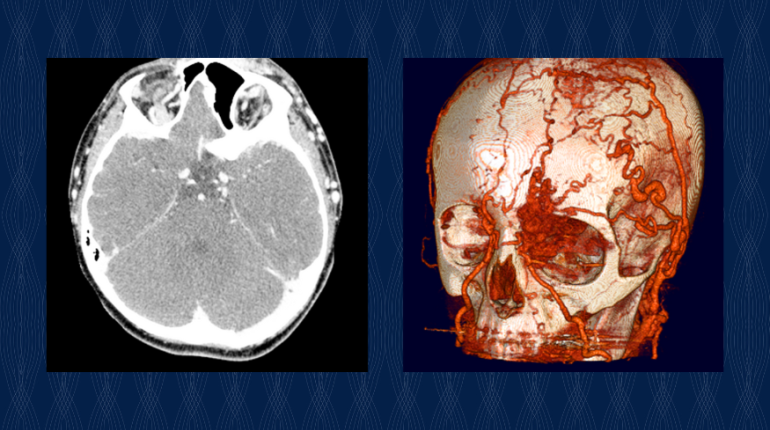
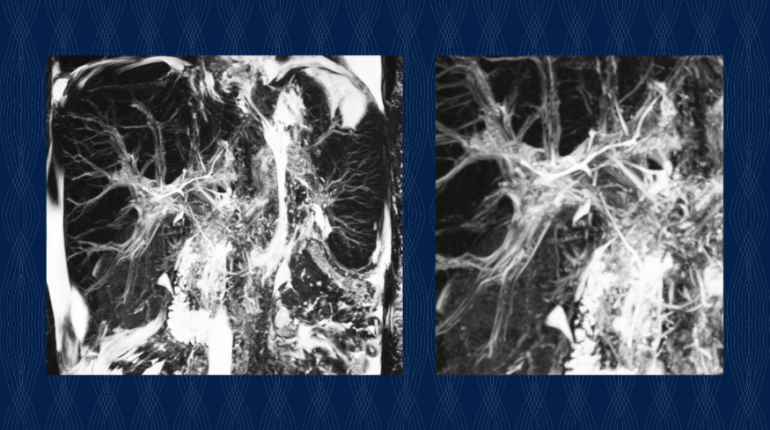
Why did you choose to specialize in pediatrics?
To be honest, I would never have become a pediatric radiologist if it wasn’t for my wife, who is a pediatrician. This is why it’s so important to surround yourself with people who are smarter and more empathetic than you! Pediatrics is hard. It can be emotionally challenging to work with sick children and families who are overcome with anxiety and stress. So at first, I was like, “No way! Kids are messy!” And my wife, who specializes in pediatric integrative medicine, said, “Honey, you say that, but when you talk about your patients and what you’re doing, your eyes light up, you get excited.” And I realized she was right. I just love working with kids. You’ve led radiology departments all over the country.
What made you decide to join UCSF Benioff Children’s Hospitals?
"I never forget that there is a certain beauty in this ability to see a disease clearly — and that we can use that beauty to cure a child."
I realized early in my career that what I want to do is make health care better. At every hospital where I’ve worked, time and time again, you have all these wonderful, smart, compassionate people working in environments that seem to make it harder, rather than easier, to take care of patients. And that’s what brought me to Oakland. I want to make this place awesome! You have such amazing people here, this incredibly compassionate staff that cares so much about children. But what we haven’t traditionally had is enough investment in the advanced equipment and technology we need to take this work to the next level. You need accurate, modern technology to see clearly what’s going on inside the child’s body, to diagnose them properly, to provide them with the right treatment, and to achieve the best outcomes — that’s what I’m determined to do here.
The good news is that the UCSF radiology department is one of the best in the country and the world, it just hasn’t traditionally been a major player in pediatric imaging. We have this extraordinary expertise at UCSF, combined with this vibrant, proud community hospital in Oakland, and everyone is committed to building a world-class pediatric radiology department. I have complete confidence that we can create something really special here.
What are you most excited about?
Interventional radiology. I want to give this institution an awesome interventional radiology department. When most people think of imaging, they’re thinking of diagnostic imaging — X-rays, CT scans, ultrasound, MRI — the ability to see disease, to diagnose it accurately. Interventional radiology is the ability to do image-guided therapy. To put catheters or wires or coils or balloons into the body to treat disease. And unlike open surgery, where you have these big scars, it’s typically done with a tiny incision that’s only about 2 or 3 millimeters. And you can treat everything from aneurysms to abscesses to cancers. It’s extraordinary.
What’s the role of philanthropy in that effort?
Philanthropy has been so crucial to everything I’ve done in my career, whether it’s improving patient and family experiences, creating a new clinical imaging service, or driving innovation, and it will be central to what we’re doing here in Oakland. I am so determined to turn this program into something really special for our community and to make this vision a reality.